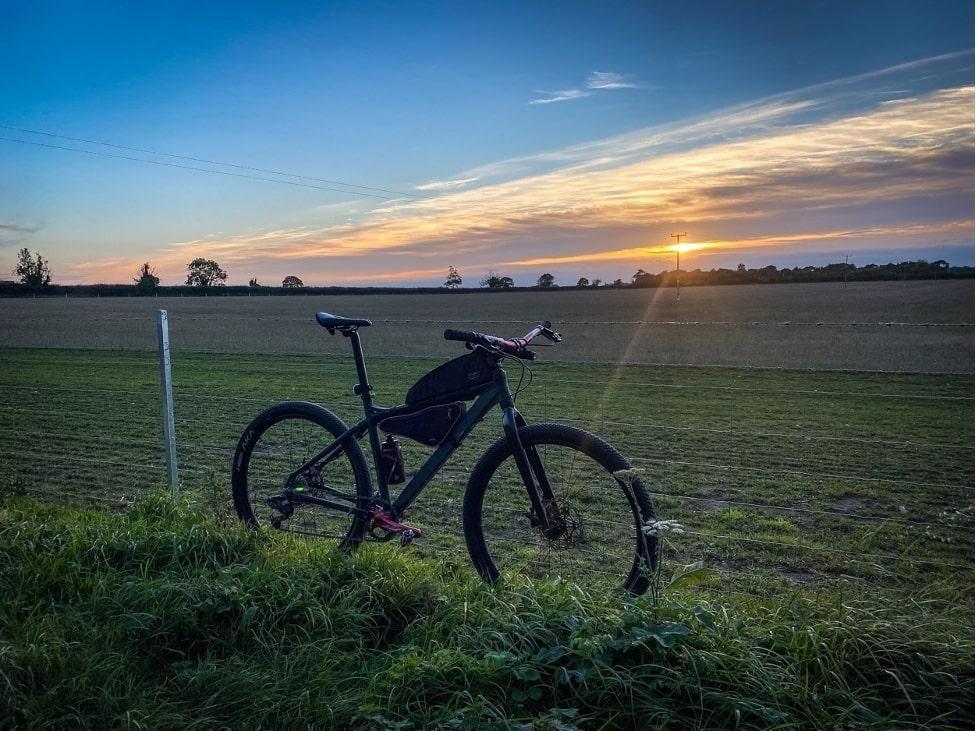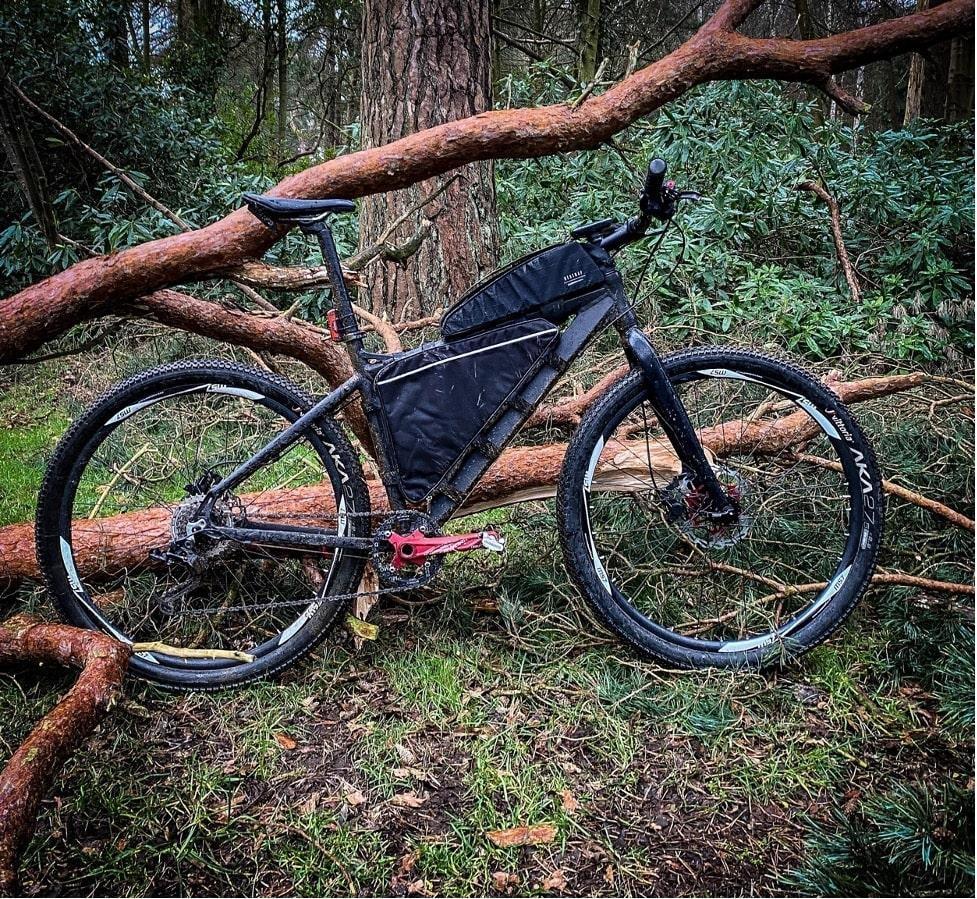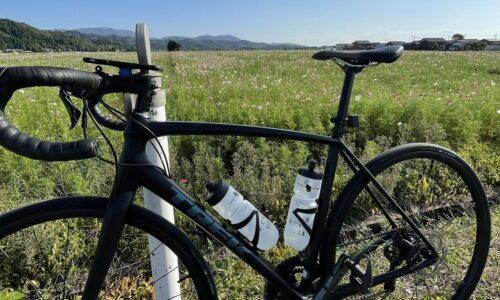When it comes to mountain bikes, you typically see two different sizes available, 27.5 and 29. These numbers refer to the size of the wheels.
You have 27.5” and 29” wheels, and these are typically the sizes you come across on modern mountain bikes. A single inch and a half separates the two but does it actually make that much difference? Spoiler it does.
How is a wheel measured?
A wheel is measured in diameter so that the circumference of the outside. Many bike wheel diameters are measured differently and use different metrics to measure them.
For example, a 27.5” tire is pretty much exactly the same size as a 650b tire. Also, a 29” tire is pretty much exactly the same as a 700c tire.
What is better?
They are both good at doing different things, and understanding what you can expect from each one is the key to making the right choice for you as a mountain biker.
In this next section, we will break down the two-wheel sizes to tell you what is better at doing what.
Acceleration
When it comes to getting out the blocks fast, the 27.5” wheels are much better at accelerating than 29” wheels. The 27.5” wheels are smaller and lighter, and getting them up to speed is much easier.
The difference is very little when it comes to a straight outright drag race, but for technical courses where you’re accelerating and braking consistently, it makes a huge difference.
Top Speed
When it comes to top speed, a 29” is much better at a higher speed than a 27.5”. A 29” bike will be able to maintain a higher speed with much less effort from the rider.
For the same gearing, you will also be able to go faster as you are rotating bigger wheels.
Control
When it comes to controlling a bike around obstacles, the 27.5” wheels are much more suited. Riders typically tend to go for smaller wheels on very technical courses, so they have much more control.
A good example is downhill racing they will go as small as 26” wheels so that they can get around the worst terrain.
Rolling ability
When we speak about the rolling ability, I’m talking about the bike’s ability to go over an obstacle. Control is getting around, and the rolling ability is going over an obstacle.
This is a massive advantage in a race or on a trail that you can get over a tree root or bump efficiently instead of going around it.
The 29” wheels are much better at this. Smaller wheels like 27.5” wheels tend not to have as good an ability to roll over things.
Tire Sizes

When it comes to 27.5” bikes and 29” bikes, you see different tire sizes. On the larger 29” wheels, you typically see 2.0” – 2.3” tires. On 27.5” bikes, you are looking at 2.2” – 2.6”. So on the smaller 27.5” wheels, you typically have wider tires.
Smaller 27.5” wheels can generally fit into bikes with larger tires on them, and you will still have plenty of room in the frame to spare.
29” wheels because they are larger, you do have to be more careful about what size tires go on to fit into a frame.
Contact Patch
When we’re speaking about contact patches, we’re talking about how much of the tire actually is on the floor and gripping it.
Now knowing that you have a larger tire on the 27.5” wheel, you would assume that it would be that, but you would be wrong.
The 29” wheel, although it has a smaller tire it being 1.5” larger, actually has generally 10% – 15% more contact to the ground.
What size bike should I use, a 27.5 or a 29?
You can see they have very different characteristics that can benefit you out on a trail, which will be the right size for you though. If you are lucky enough to have the option, it comes down to two things in my opinion.
The first thing to think about is what kind of riding you will be doing? If you are doing light trail and cross country racing, you will benefit from being on bigger wheels like the 29” wheels. They will roll over lumps better, and they are easier to hold at much higher speeds.
If you are planning on super technical trailing and a bit of enduro racing, you’re going to want to be on the small wheels that you will be able to work around obstacles much easier.
Another thing to take into consideration is your height. Typically you will see many mountain bikes on the market in smaller models will be 27.5” and the larger models will be 29”.
If you have an option and are very tall, the 29” wheels will be better. If you’re short, the 27.5” wheels will be more suited to your body.
Conclusion
Try not to overthink your cycling wheel size. Leave that for professionals. Whatever size wheels you pick, as long as you’re out on a trail having fun, then that’s what cycling is all about.

Robbie Ferri has spent years working in a bike shop, has worked with industry leading brands on product creation, has been a semi pro athlete, and is a fully qualified strength and conditioning coach. He has broken World Records, bikepacked all over the World and raced ultra distance at a top-level.




